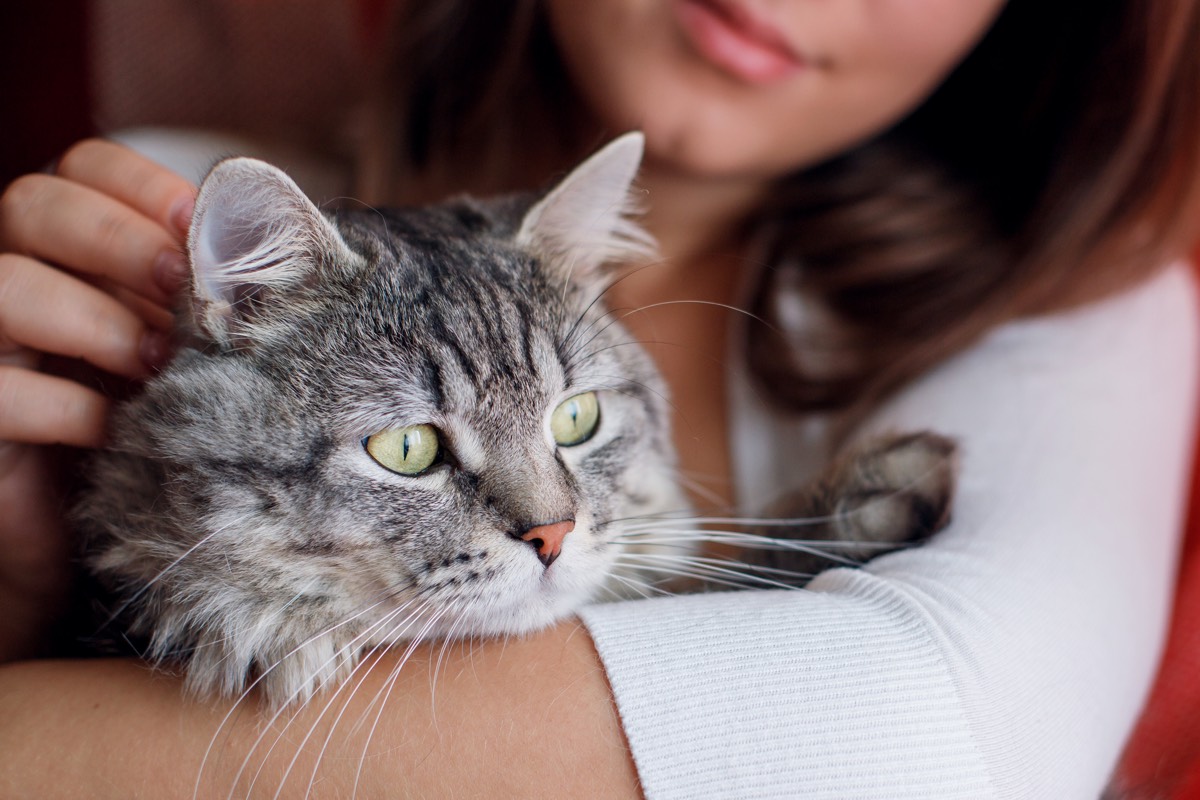Best Places to Pet Cats for Maximum Happiness.Where Do Cats Like to Be Petted?
Introduction
Petting a cat is a delightful experience for both cat owners and cat lovers. However, not all cats enjoy being petted in the same way or in the same areas of their bodies. Understanding where cats like to be petted can enhance the bond between humans and feline companions. In this article, we will explore the best places to pet a cat for maximum happiness and contentment.
Table of Contents
- The Art of Cat Petting
- The Top Petting Spots
- The Chin and Jaw
- The Base of the Ears
- The Back and Shoulders
- The Base of the Tail
- The Cheeks
- Reading Cat Body Language
- Signs of Discomfort
- Conclusion
- FAQs
The Art of Cat Petting (Best Places to Pet Cats for Maximum Happiness)
Cats are known for their independent nature, but many also enjoy affection and physical contact with their human companions. Petting a cat is not just about physical touch; it’s about understanding their preferences and boundaries. Each cat is unique, so it’s essential to pay attention to their body language and reactions during petting sessions.
The Top Petting Spots
(Best Places to Pet Cats for Maximum Happiness)
1. The Chin and Jaw
Cats have scent glands located in the chin and jaw area, making it a favorite spot for petting. Gently stroking this area can provide a sense of comfort and relaxation for cats. They may also rub their heads against your hand or lean into the touch, indicating their enjoyment.
2. The Base of the Ears
Many cats have sensitive nerve endings at the base of their ears, making this area highly pleasurable to be petted. Lightly stroking or massaging the base of the ears can induce a soothing sensation and elicit a purring response from your feline friend.
3. The Back and Shoulders
The back and shoulder area are classic petting spots for cats. Most cats appreciate gentle strokes along their spine, starting from the base of the neck and moving towards the tail. Avoid putting too much pressure, as some cats may be sensitive in this area.
4. The Base of the Tail
For some cats, the base of the tail is an enjoyable spot for petting. It’s important to approach this area with caution and observe your cat’s reaction. If they show signs of discomfort or agitation, it’s best to avoid petting the base of their tail altogether.
5. The Cheeks
Cats often enjoy having their cheeks gently stroked. This area is also known for containing scent glands that cats use to mark their territory. Slowly and softly caressing their cheeks can create a sense of security and contentment.
Reading Cat Body Language
Understanding cat body language is crucial when petting them. Cats communicate through their postures and behaviors, providing cues about their comfort level and enjoyment. Signs of relaxation and happiness include a relaxed body, purring, slow blinking, and a slightly raised tail. Conversely, signs of discomfort or agitation may include a tense body, flattened ears, tail twitching, or attempts to move away.
Signs of Discomfort
It’s essential to recognize when a cat is showing signs of discomfort during petting. If a cat pulls away, hisses, growls, or swats at you, it’s a clear indication that they are not enjoying the interaction. Respecting their boundaries and stopping the petting session is crucial to maintain a positive relationship with your feline companion.
Conclusion
Petting a cat can be a wonderful way to bond and show affection. Understanding the best places to pet a cat, such as the chin and jaw, the base of the ears, the back and shoulders, the base of the tail, and the cheeks, can help create a positive and enjoyable experience for both you and your feline friend. Remember to read your cat’s body language and respond accordingly to ensure maximum happiness and contentment during petting sessions.
FAQs
- Are all cats the same when it comes to petting preferences? No, each cat has its own preferences and sensitivities when it comes to petting. It’s important to observe and respect your cat’s individual boundaries and preferences.
- What should I do if my cat doesn’t like to be petted? If your cat doesn’t enjoy being petted, it’s important to respect their boundaries and find alternative ways to bond, such as interactive play or providing them with a comfortable environment.
- Can I pet my cat anywhere on its body? While certain areas like the chin, jaw, base of the ears, back, and shoulders are generally enjoyed by most cats, it’s crucial to pay attention to your cat’s reactions and avoid areas where they show signs of discomfort.
- Are there cats that don’t enjoy being petted at all? Some cats may have lower tolerance for petting or may simply prefer less physical contact. It’s important to understand and respect their individual preferences.
- Why is it important to read a cat’s body language when petting? Reading a cat’s body language allows you to understand their comfort level and enjoyment. It helps prevent overstimulation and ensures a positive interaction between you and your cat.
Read More:Clean Cat Ears Tips: Keep Your Feline’s Ears Clean and Healthy














